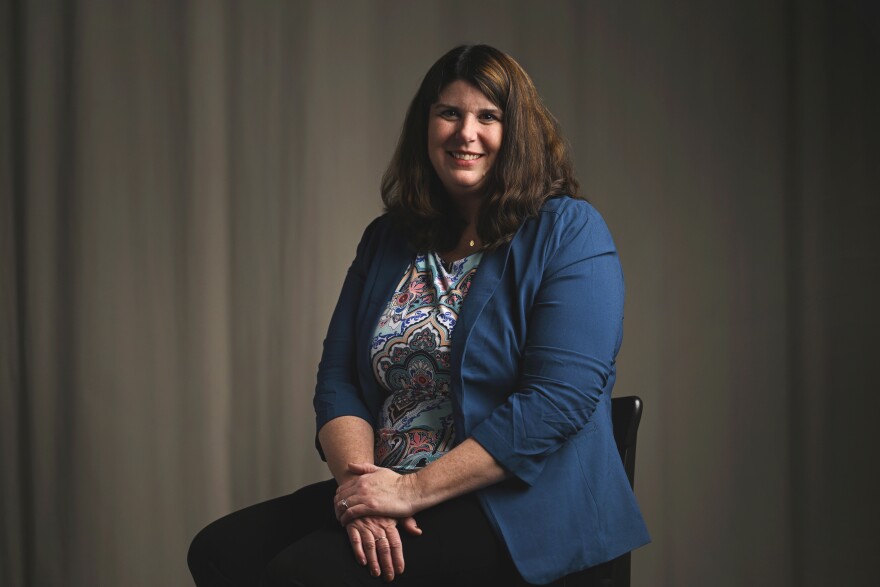���ϳԹ��� ranks second nationwide for early diagnosis and five-year survival of lung cancer, but sharp disparities persist in early detection and treatment for Black, Latino, and Pacific Islander populations.
That’s according to released Tuesday by the American Lung Association. The report found ���ϳԹ���’s overall lung cancer survival rates across all ethnic groups are higher than the national average.
But data shows that compared with white patients, ���ϳԹ��� Latinos were 30% more likely to not receive any treatment for lung cancer and were 9% less likely to survive. Black people also were 19% less likely to get surgical treatment and 16% less likely to survive. Additionally, Asian and Pacific Islanders in ���ϳԹ��� are the least likely group to be diagnosed early.
“That definitely seems to be a significant disparity there, at least the leading one for ���ϳԹ���, so it’s worth investigating,” said Zach Jump of the American Lung Association. “Once someone is diagnosed with lung cancer, survival rate is number two, surgery [is] number six. Looking very good. ���ϳԹ��� seems to be doing well in many different areas.”
On the importance of screening
Megan Naughton, a West Hartford attorney, says lung cancer can impact anyone. She was diagnosed with stage 4 lung cancer about three years ago.
"I’m a never smoker and it was out of the blue," Naugton said. "I hadn’t been feeling well for a while; felt a very large nodule on my clavicle bone.”
"Anyone with lungs can get lung cancer," Naughton said. "Screening is vitally important because people where cancer is identified earlier have much, much, better outcomes."
But Dr. Roy Herbst, deputy director of Yale Cancer Center said, “the state still has a lot of work to do to make sure that more of those at high risk for lung cancer are screened.”
There is also the issue of cancer patients who refuse care, Herbst said.
According to the report, ���ϳԹ��� falls into the above average tier for the percentage of patients receiving no treatment for lung cancer. “Some patients do refuse treatment, but issues such as fatalism and stigma can prevent eligible patients from accessing treatment that may save or extend their lives,” Herbst said.
Naughton says anxiety or apprehension shouldn't keep people from getting treatment.
"We have a lot of new treatments that are available," she said. "So there’s no reason to have fear in being diagnosed. Hope is much stronger in this area than it has ever been."
Federal legislation aims to increase access to screening
The American Lung Association is urging ���ϳԹ��� residents to support , federal legislation intended to eliminate barriers to access to lung cancer screening. , low-dose screening can cut lung cancer death rates by at least 20%, but only 5-15% of eligible people — including those with a history of smoking — get screened.
Lung cancer survivors from ���ϳԹ��� are also part of advocacy efforts to bring more funding into research and education.
Naughton said she was in Washington, D.C., recently to urge the National Institutes of Health to prioritize funding for more education to create awareness of “what early detection can do for folks, and early treatment.”
Today, she said, she has no evidence of disease.
“I received the best treatment here in ���ϳԹ��� and it gave me a really great outcome,” Naughton said.
This story has been updated.





